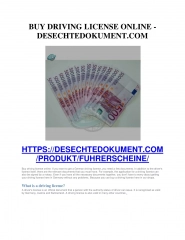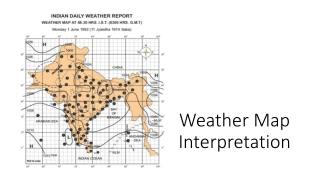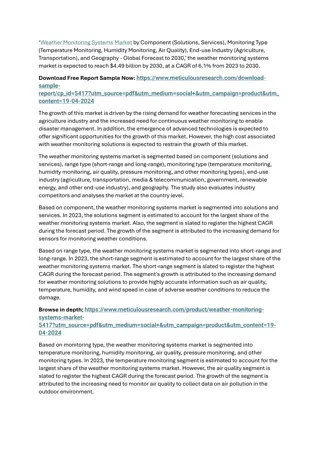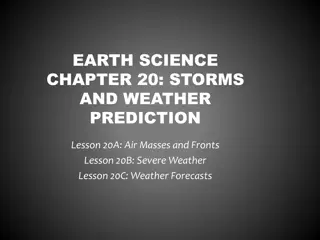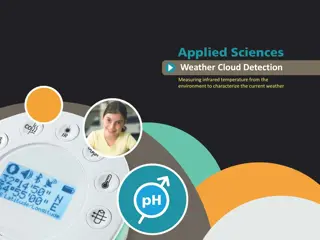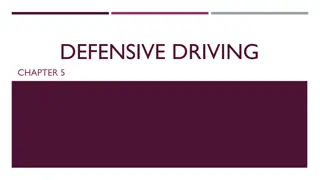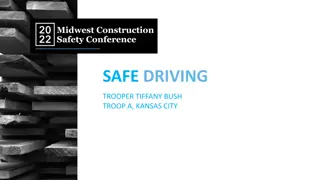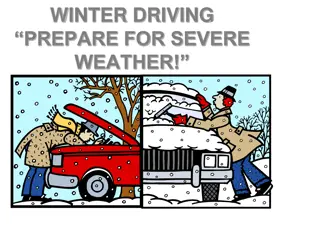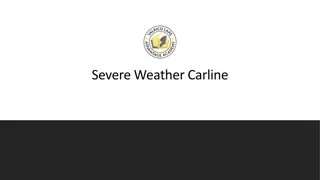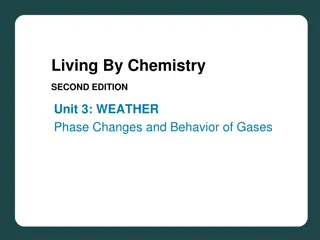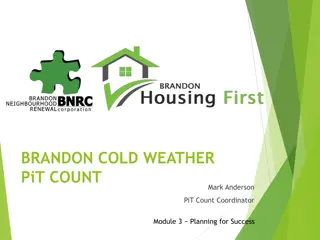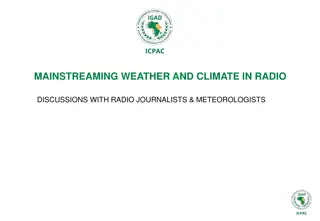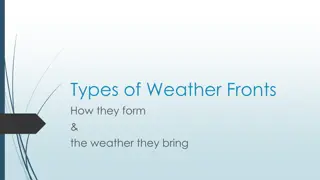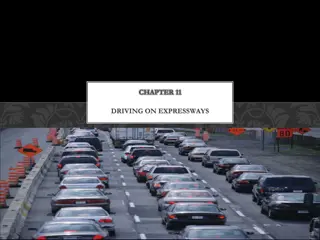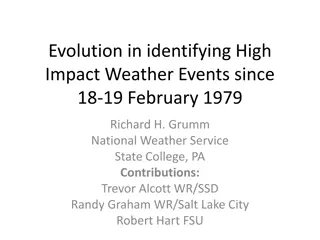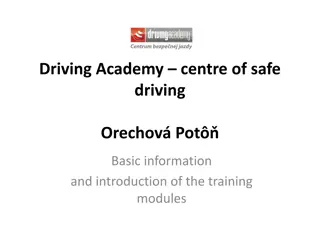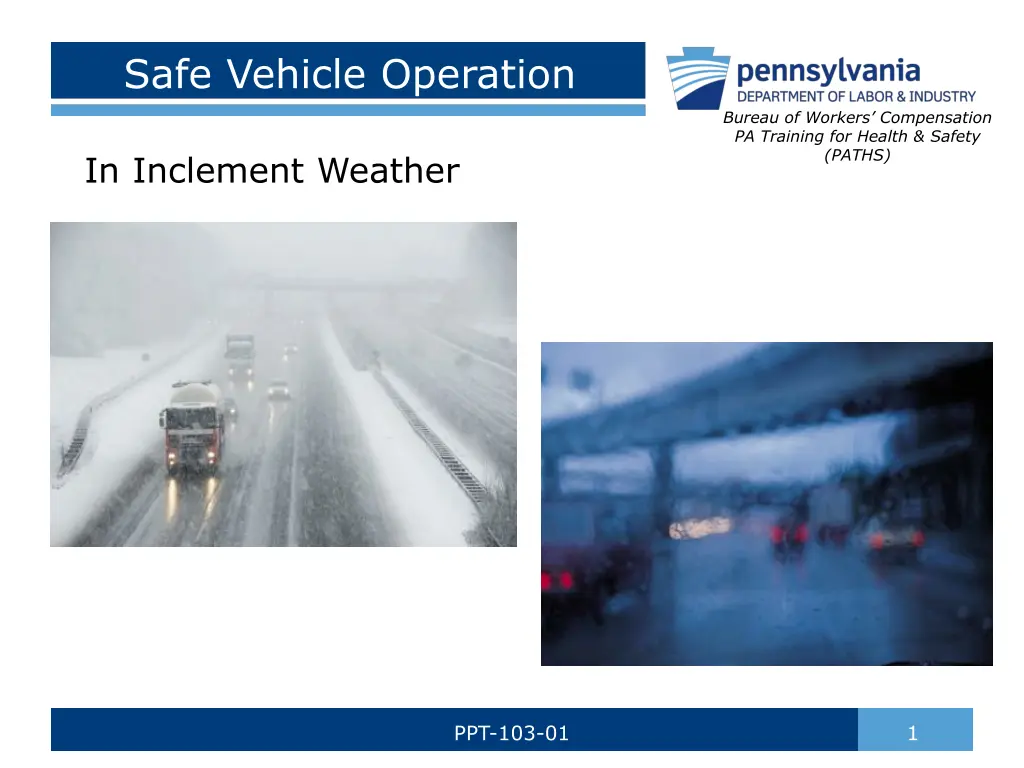
Safe Vehicle Operation Tips and Maintenance Guide
"Learn about the importance of seat belts, airbags, proper vehicle setup, emergency preparedness, and regular vehicle maintenance for safe and secure driving. Follow these tips to protect yourself and others on the road."
Download Presentation

Please find below an Image/Link to download the presentation.
The content on the website is provided AS IS for your information and personal use only. It may not be sold, licensed, or shared on other websites without obtaining consent from the author. If you encounter any issues during the download, it is possible that the publisher has removed the file from their server.
You are allowed to download the files provided on this website for personal or commercial use, subject to the condition that they are used lawfully. All files are the property of their respective owners.
The content on the website is provided AS IS for your information and personal use only. It may not be sold, licensed, or shared on other websites without obtaining consent from the author.
E N D
Presentation Transcript
Safe Vehicle Operation Bureau of Workers Compensation PA Training for Health & Safety (PATHS) In Inclement Weather PPT-103-01 1
Seat Belts Buckling up is the single most effective thing you can do to protect yourself in a crash! In 2008, seat belts saved more than 13,000 lives nationwide. From 2004 to 2008, seat belts saved over 75,000 lives - enough people to fill a large sports arena. In 2011 alone, seat belts saved an estimated 11,949 lives* PPT-103-01 2
Seat Belts During a crash, being buckled up helps keep you safe and secure inside your vehicle; being completely thrown out of a vehicle is almost always deadly. Seat belts are the best defense against impaired, aggressive, and distracted drivers. PPT-103-01 3
Airbags Air bags are designed to work with seat belts, not replace them! If you don t wear your seat belt, you could be thrown into a rapidly opening frontal air bag; a movement of such force could injure or even kill you. PPT-103-01 4
Setting Up Adjust your seat so your arms are slightly bent at the elbows when gripping the wheel. Keep your hands at the quarter to 3:00 position on the steering wheel. Hold the wheel tightly enough so your palms do not slip off. Adjust side mirrors so you can either see the door handles or angled away to cover blind spots. PPT-103-01 5
You and Your Vehicle Prepare yourself emergency kit (e.g. extra clothing, energy bars, gloves, etc.). Sunglasses important! What to wear? Don t be the Michelin Man while driving. Know your capabilities & experience: Driving a State car or another unfamiliar vehicle Preparing vehicle wipers, tires, windshield washer, snow cleaned off. Know your equipment: e. g. ABS brakes PPT-103-01 6
Vehicle Maintenance Neglecting maintenance can cause crashes. Monitor condition of and air pressure in your tires: not doing so could cause a blowout or a flat. Change wiper blades regularly. Check your owner's manual for a maintenance schedule and stick to it. PPT-103-01 7
Tire Maintenance Check tire pressure regularly including the spare (at least once a month). Inspect tires for: Uneven wear patterns Cracks Foreign objects Other signs of wear Ensure tire valves have valve caps. PPT-103-01 8
Seasonal Changes Winter driving = slippery roads, visibility issues, cold, etc. Spring = rain can cause slippery roads. Summer = high temps can cause vehicle problems; more traffic on roads. Fall = wet leaves on road can make it slippery. Daylight saving time, sun's position in sky changes = darkness and glare. PPT-103-01 9
Rain Drive slowly and carefully especially on curves. Steer & brake with a light touch. When slowing/stopping be careful not to lock the wheels while braking could cause skid. Pressure on the brake pedal (ABS or non-ABS). Adjust your speed to the wet road conditions. PPT-103-01 10
Hydroplaning Occurs when water in front of tires builds up faster than vehicle s weight can push it out of the way. Water pressure causes vehicle to rise up and slide on thin layer of water between tires and road. Can cause skidding, drifting out of lane, leaving roadway. To avoid: keep tires properly inflated, maintain good tread, slow down, avoid puddles. PPT-103-01 11
Hydroplaning If hydroplaning do not brake or turn suddenly. Ease foot off gas until vehicle slows down and you can feel road again. If need to brake without anti-lock brakes, do so gently with light pumping actions. If vehicle has anti-lock brakes, brake normally. PPT-103-01 12
Skids Remain calm. Ease your foot off the gas. Steer in the direction you want the front of the vehicle to go ( steering into the skid ). If vehicle does not have anti-lock brakes, avoid slamming on the brakes. If vehicle has ABS, brake firmly while steering into skid. PPT-103-01 13
Winter Driving Ensure vehicle wiper blades are in good condition & washer fluid is filled. Ensure vehicle battery is in good condition and appropriately charged. Clear snow/ice from all windows, lights, hood, trunk, and top of your vehicle before driving. Adjust your speed accordingly. Check tire pressure regularly. Dress warmly with layered clothing that is loose-fitting and lightweight. PPT-103-01 14
Windshield & Roof Clear? PPT-103-01 15
Have a Good Ice Scraper? PPT-103-01 16
Is This YOU? PPT-103-01 17
Winter Driving Safety Headlights on No cruise control Gas tank at least half full Air in recirculate mode can increase humidity inside the vehicle PPT-103-01 18
Winter Driving Safety-Remember Bridges & overpasses and ramps freeze sooner than roadways Passing lanes on interstates are not well maintained during snow events Freeze/refreeze ----- > Black Ice Curves are obviously more treacherous PPT-103-01 19
Watch Out for . . . Snow plows & cinder trucks Snow blowers 4WD Snowmobiles and ATVs PPT-103-01 20
Watch Out for . . . If you are involved in an accident, use caution getting out of car: Others may skid just like you did trying to avoid your mishap Children Pedestrians Parking lots in winter can be dangerous -Poor visibility -Huge snow piles -Overambitious Joe Snowplow PPT-103-01 21
Watch Out for . . . PPT-103-01 22
Unsafe Conditions Physics: Ice = Slippery Speed Momentum Inertia Mass Acceleration/Deceleration Temperature PPT-103-01 23
Unsafe Conditions Speed. One of the two things you have control over. The other is direction Momentum. Is the product of the object s mass or weight and its velocity. PPT-103-01 24
Unsafe Conditions Inertia. An object continues in its state of rest, or of uniform motion in a straight line, unless it is acted upon by a net external force. Mass. The vehicle weight. PPT-103-01 25
Unsafe Conditions Acceleration/Deceleration. Speeding up or slowing down. Temperature. Extremes may change the coefficient of friction assigned to a road surface. PPT-103-01 26
Winter Driving Tips If in vehicle and stranded due to road conditions: Stay in vehicle. Display trouble sign (ex: brightly colored cloth on antenna). Occasionally run engine with heater on to keep warm. Keep exhaust pipe free of snow & open a window to avoid Carbon Monoxide poisoning. Watch for signs of frostbite and hypothermia. PPT-103-01 27
Winter Driving Tips If in vehicle and stranded due to road conditions: Do minor exercises to keep up circulation. Clap hands & move arms & legs frequently. Try not to stay in one position too long. Use newspapers, maps, mats, etc. for warmth. Avoid drinking fluids containing caffeine or alcohol, they can quicken effects of cold. PPT-103-01 28
Winter Driving Tips Stopping Distances & Wet/Snowpack/Icy Roads: Vehicle may travel 4x stopping distance than on dry road. Dry pavement vehicle traveling 70 mph requires 600 feet to stop; wet road requires 800 feet. Snowpack road requires approximately 1300 feet stopping distance @ 70 mph. Icy road requires 2500 feet @ 70 mph. PPT-103-01 29
Winter Driving Tips Winterizing Vehicles: Ensure ice scraper and windshield de-icer on board. Carry spare set of wiper blades. Carry kitty litter, oil dry, or sand for traction. Carry blankets, flashlight, road flares. Have lock de-icer available. PPT-103-01 30
*RUA Safe Driver? Collision Prevention Formula Recognize the hazard: Scan ahead and behind your vehicle. Check your mirrors every 3-5 seconds. Use what if strategy to keep alert & spot hazards. *National Safety Council PPT-103-01 31
*RUA Safe Driver? Understanding the defense: Know what to do to avoid a traffic hazard. Know the consequences of your driving choices. Know the basic defenses = - Use effective scanning patterns - Slow down - Use a safe following distance PPT-103-01 32
*RUA Safe Driver? Act Correctly, in time: Always stay alert focus on the driving task. Choose the safest driving maneuver to avoid a crash. Remember: other drivers may act in time, but not correctly. PPT-103-01 33
Summary Be Prepared Practice Be Alert Slow Down Increase Following distance Stopping Distance Brake Sparingly Leave early or arrive late Know Your abilities and equipment PPT-103-01 34
Safe Driving Quiz http://www.justdrivepa.org/Safe-Driver-Quiz PPT-103-01 35
Contact Information Health & Safety Training Specialists 1171 South Cameron Street, Room 324 Harrisburg, PA 17104-2501 (717) 772-1635 RA-LI-BWC-PATHS@pa.gov Like us on Facebook! - https://www.facebook.com/BWCPATHS PPT-103-01 36
Questions PPT-103-01 37

